Do you want to know about the conquest of the Incas? Close your eyes and imagine going back in time to November 1532, where the Inca Atahualpa, confident and naive, accepts the invitation of a handful of iron-clad foreigners. What looked like a diplomatic meeting turned into a brutal ambush. Without realizing it, a very powerful empire was about to fall and would change the destiny of Tahuantinsuyo. Do you want to know how it happened? Accompany me and I'll tell you.
The Conquest of the Incas: A story marked by ambition, betrayal and illness
Do you know that the conquest of the Incas began with a human factor? The ambition of power between brothers, the family rivalry, and new diseases that no one saw coming left the Inca empire without the strength to defend itself. Being taken advantage of by the Spaniards, who were already lurking, real enemies that were approaching in silence.
Who were the Incas?
The Incas formed a solid and well-organized civilization that grew in the Andes of South America. The Inca Empire, also called Tahuantinsuyo, was based on the principle of reciprocity and came to extend over current Peru, Bolivia, Ecuador, northern Argentina, and northern Chile. Cusco was its capital, and from there, they administered a system that, over time, transformed the way of life of millions of people in the Andean region.
How was the conquest of the Incas?
It was a continuous process that took place between 1532 and 1572, when the Spaniards managed to dominate the Inca Empire. It all began with the capture of Atahualpa in Cajamarca and ended with the fall of Manco Inca in Vilcabamba. This period was marked by confrontations, strategic alliances, and profound changes in the Andean way of life. It was a key moment that forever transformed the history of Peru.
Internal causes that accelerated the conquest of the Incas
The death of Inca Huayna Capac
The conflict began in 1525, when the Sapa Inca Huayna Capac died in Quito due to a smallpox epidemic brought from Europe, a disease totally unknown to the Incas. Since then, a great uncertainty arose as to who should inherit the power of the Tahuantinsuyo. On one side, there was Huáscar; on the other, Atahualpa. Thus began a dispute that would change the course of the empire.
Family feud that weakened the Inca empire
The civil war between the brothers Huáscar and Atahualpa began just after the death of their father. Both desired absolute control of Tahuantinsuyo; therefore, their ambition directly confronted them. From that moment on, the conflict grew unchecked and, as a result, the empire ended up divided.
Who should inherit the Tahuantinsuyo?
The direct heir to the Inca throne was Huáscar, legitimate son of the Sapa Inca Huayna Cápac and Cusquenian noble blood. For this reason, the priests named him Sapa Inca, as tradition dictated.
Reasons why Huascar and Atahualpa confronted each other
Huáscar
Legitimate son of Huayna Cápac and the main hill Rahua Ocllo of Cusquenian lineage, he was elected as Sapa Inca following the ancestral custom. He had the support of the priests, who backed his right to the throne. His ascension represented the continuity of the Cusco roots.
Atahualpa
He was an auquicona, son of Huayna Cápac and the maiden Tocto Ocllo Coca, of Quito origin linked to the Chachapoyas ethnic group. He was born as part of the empire's political alliances to strengthen its territorial expansion. Eventually, he assumed military command in the northern zone of Tahuantinsuyo. He lived in Quito, where he consolidated his power and gained the respect of his troops.
Dispute between tradition and war
Both brothers sought total control of Tahuantinsuyo, an empire where power was not shared. Only one could be recognized as Sapa Inca, seen as the son of the sun and maximum authority.
Huascar
- He sought to reestablish Cusco's traditional authority.
- He sought to consolidate his legitimacy as sole heir.
- And he sought to return to subdue Quito, which was rebellious with Atahualpa at the head.
Atahualpa
- Expand his power from Quito.
- To vindicate his right to the throne, based on military merit.
- Decentralize Cusco's power and bring it to Quito.
Important data…
Both brothers had loyal armies and allies, neither of whom wanted to give up power or even reach a political agreement, while the Inca nobility did not accept the power of Atahualpa or his maternal lineage.
What happened during the war?
The war between Huáscar and Atahualpa lasted about five years, with warlike confrontations in different areas of the Tahuantinsuyo. Finally, Atahualpa managed to capture his brother in the battle of Quipaipán. From Cajamarca, Atahualpa gave the order to execute him, consolidating his victory.
What were the consequences after the civil war?
After years of conflict between Huascar and Atahualpa, the Tahuantinsuyo was divided and weakened. Many ethnic groups felt distrust and resentment among themselves, while the people were exhausted by so much fighting.
External causes during the conquest of the Incas
Arrival of the Spaniards
After the rupture of the traditional order, the political instability, and the fragile Inca Empire, the Spaniards arrived, led by Francisco Pizarro on November 16, 1531. With them came not only 62 horsemen and 106 soldiers but also another silent threat: “Diseases”, unknown to the Incas, a moment that the conquistadors took advantage of. After learning of the situation the empire was going through, they used the internal division to their advantage, seeking alliances with resentful peoples.
First epidemics during the Inca conquest
Emergence of New Epidemics | |
| 1524 - 1528 | Smallpox |
| 1531 - 1533 | Measles |
| 1546 | Typhus and pneumonic plague |
| 1557 - 1558 | Cold and Influenza |
| 1597 | Mumps |
Important data…
The diseases brought by the Spaniards spread rapidly in the Inca territory, like pandemics. They caused millions of deaths, reducing the population from almost 9 million to only 1 million. Without using swords, these epidemics opened the way for the conquest.
Inhabitants who supported Pizarro in the fall of the Inca Empire
During the conquest of the Inca Empire, several native peoples such as the Cañaris, the Chachapoyas, the Huaylas, the Lima, the Charcas, the Yungas, the Yauyos, the Tarmas, the Chancas, the Huancas, the Tallanes, the Chimu and others joined the Spaniards. They did so in an attempt to free themselves from Inca control, even contributing thousands of warriors. They saw in the Europeans an opportunity to break old chains, although without imagining that they were opening the way to a new foreign dominion.
Wealth and ambition: the driving force behind the Inca conquest
When the Spaniards arrived, they were looking for riches; however, when they did not find them immediately, they decided to ally with some peoples and eliminate the tribes that opposed them. Meanwhile, they already knew of the existence of a kingdom full of gold. In addition, they knew about the conflict between Huáscar and Atahualpa, and that the latter was holding his brother prisoner in Cajamarca. For that reason, they went there with gifts, pretending to be allies.
Treachery and ambition during the conquest of the Incas
On November 16, 1532, Francisco Pizarro's men ambushed Atahualpa in Cajamarca and kidnapped him. Although he was held prisoner for eight months and offered a large ransom in gold and silver, he was not released. Finally, he was executed on July 26, 1533. This moment marked the beginning of Spanish rule in Peru.
The process of the Inca conquest
- After the death of Atahualpa, the Spaniards continued their advance without much resistance, in search of more riches.
- On November 15, 1533, the Spaniards conquered Cusco, the capital of the Tahuantinsuyo. Then, they stripped all the riches they found in the Inca temples and temples.
- In 1534, the Spaniards founded Jauja, the first Spanish city in Andean territory.
- The Inca struggle continued for about 40 years, until 1572, when Tupac Amaru I was executed, thus closing the cycle of the Inca Empire.
Why did the Spanish easily defeat the Incas?
Key differences of the Inca conquest
| Incas | Spaniards |
| They did not know diseases such as smallpox or measles | They brought unknown viruses that affected the Andean population |
| They used clubs, slingshots, truncheons and spears | They had firearms, swords, cannons and armor |
| They raised llamas for cargo, they did not use animals in combat | They used horses to fight and trained dogs to attack |
| They defended their territory with local organization | They allied with enemy peoples of the Incas and took advantage of internal divisions |
| Their empire fragmented after the civil war | They took advantage of this rupture to take control quickly |
Important Data...
The Spaniards caused astonishment among the Andean settlers because of their unusual appearance: white beards, shining armor and horses, animals never seen before in these lands. In addition, the sound of their cannons was associated with thunder, something that generated fear and respect. For this reason, many confused them with the return of the Wiracocha god, who was believed to be able to reunite Tahuantinsuyo.
Consequences of the Inca conquest
Social Changes
- The traditional system of Ayllus and Mita was disintegrated.
- Many communities were forced to abandon their lands (mining mita).
- New social classes appeared, with the Spaniards occupying the highest positions.
Cultural variations
- The Catholic religion was imposed, and many sacred Inca centers were destroyed.
- The Quechua language was banned, and Spanish was introduced.
- Andean customs were mixed with European influences, creating cultural syncretism.
Political transformation
- The Viceroyalty of Peru was created as a new form of government.
- The Spanish colonial model was applied to control the conquered territories.
"The conquest of the Incas occurred at a time of power divisions and discontent among the subjugated peoples. The Spaniards took advantage of this situation and pitted people against people, using the internal tensions to their advantage. Many believed that supporting the conquistadors would give them back their freedom, without imagining that, in doing so, they were marking the end of the Inca empire and giving way to the beginning of a new stage in history"

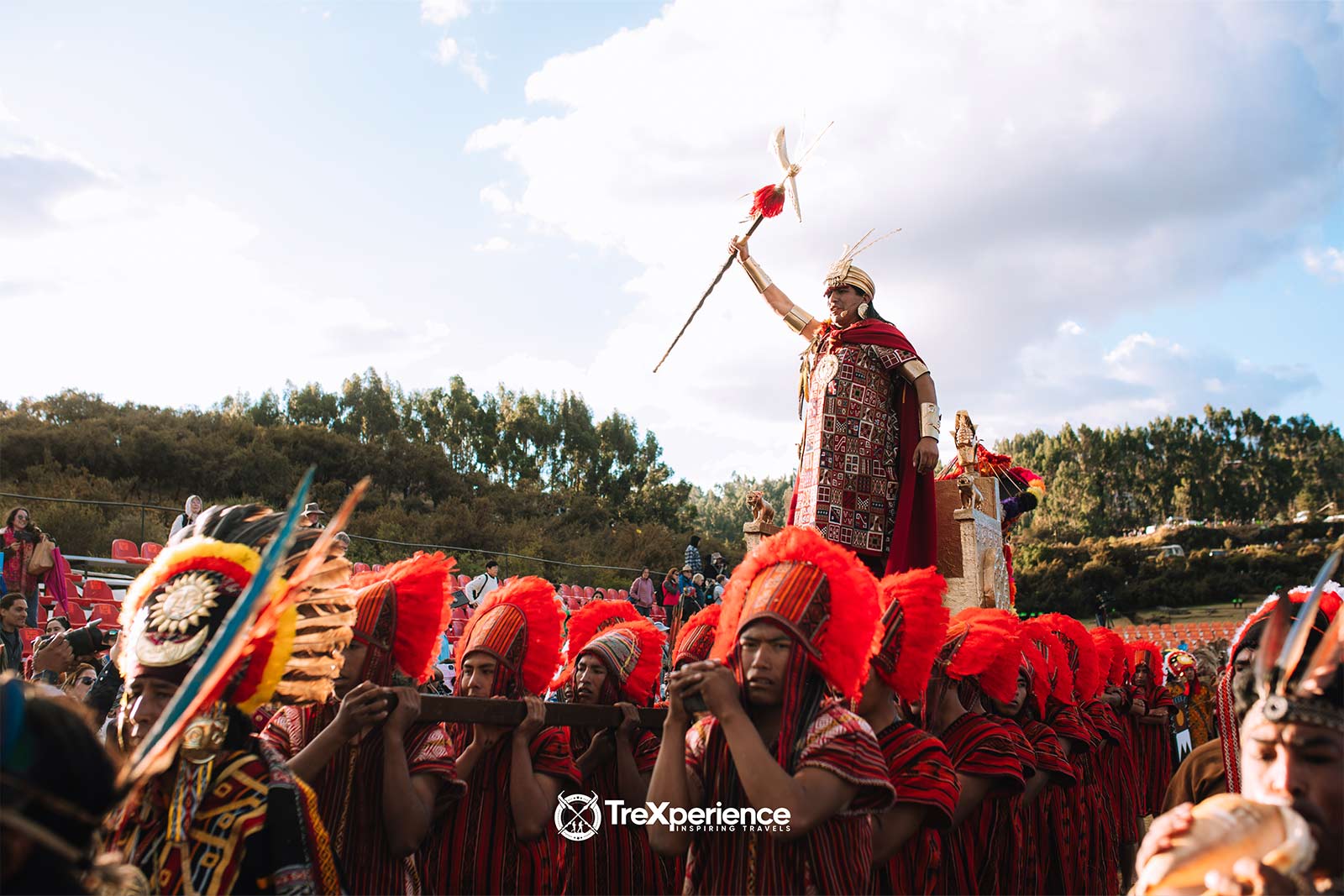
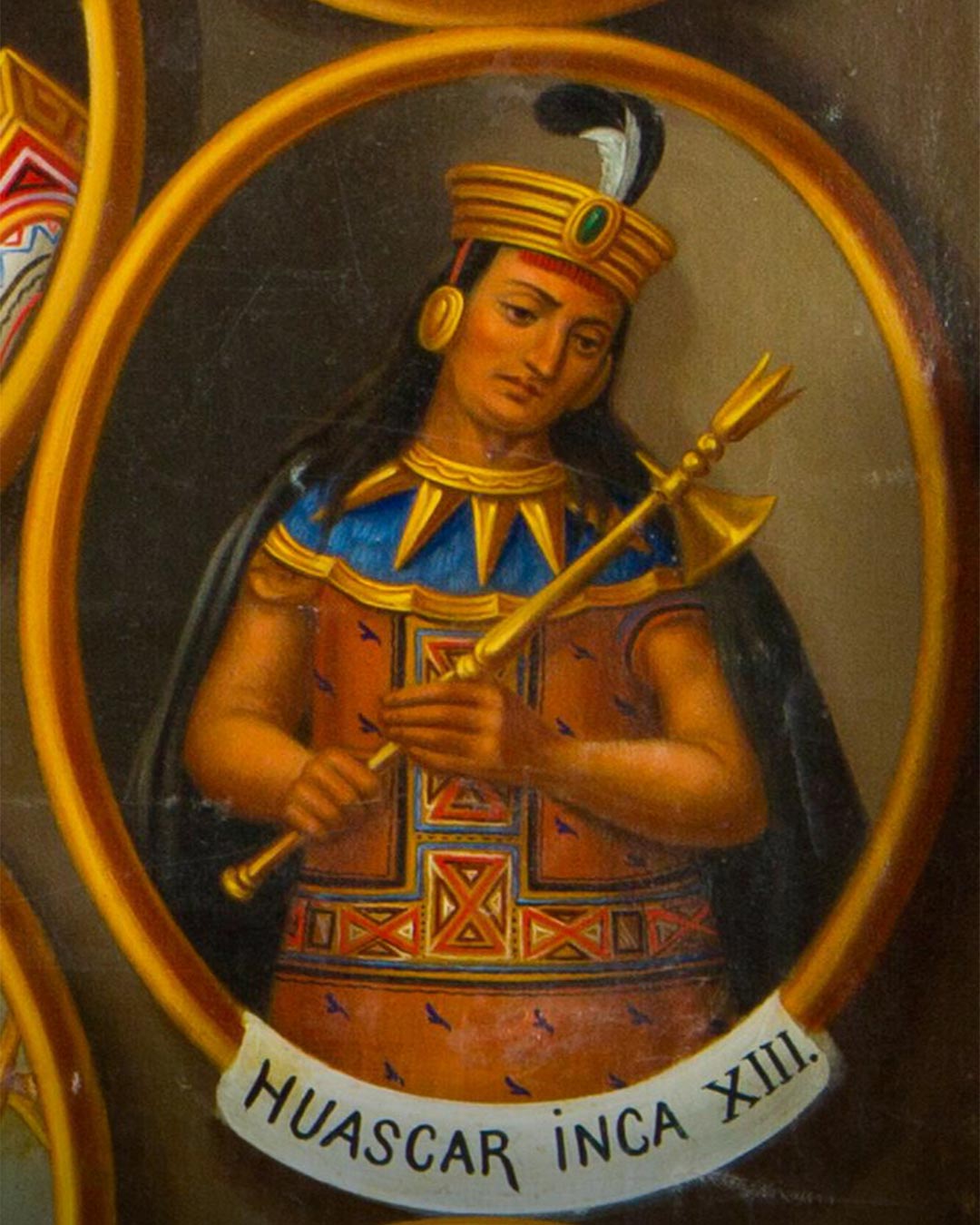
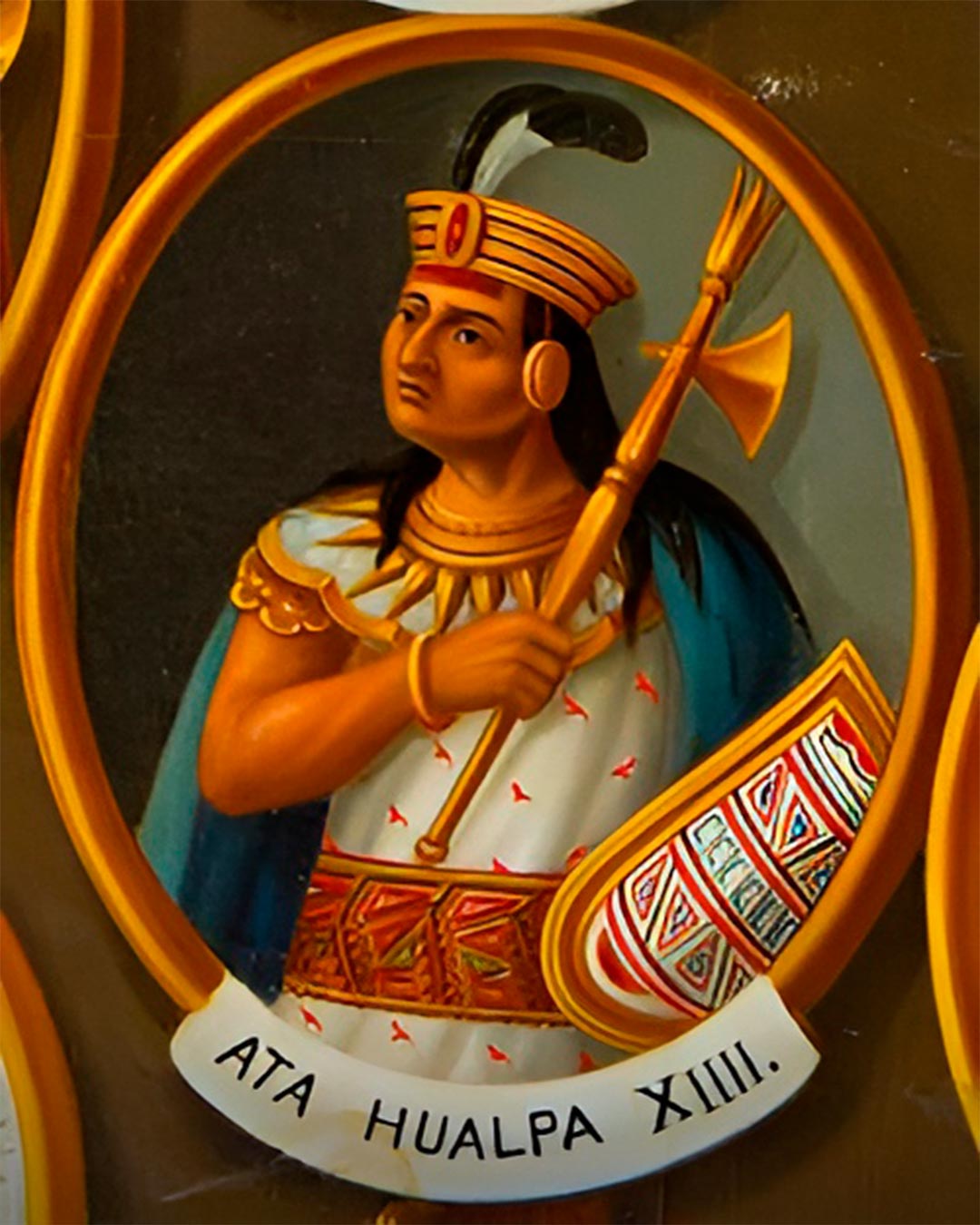

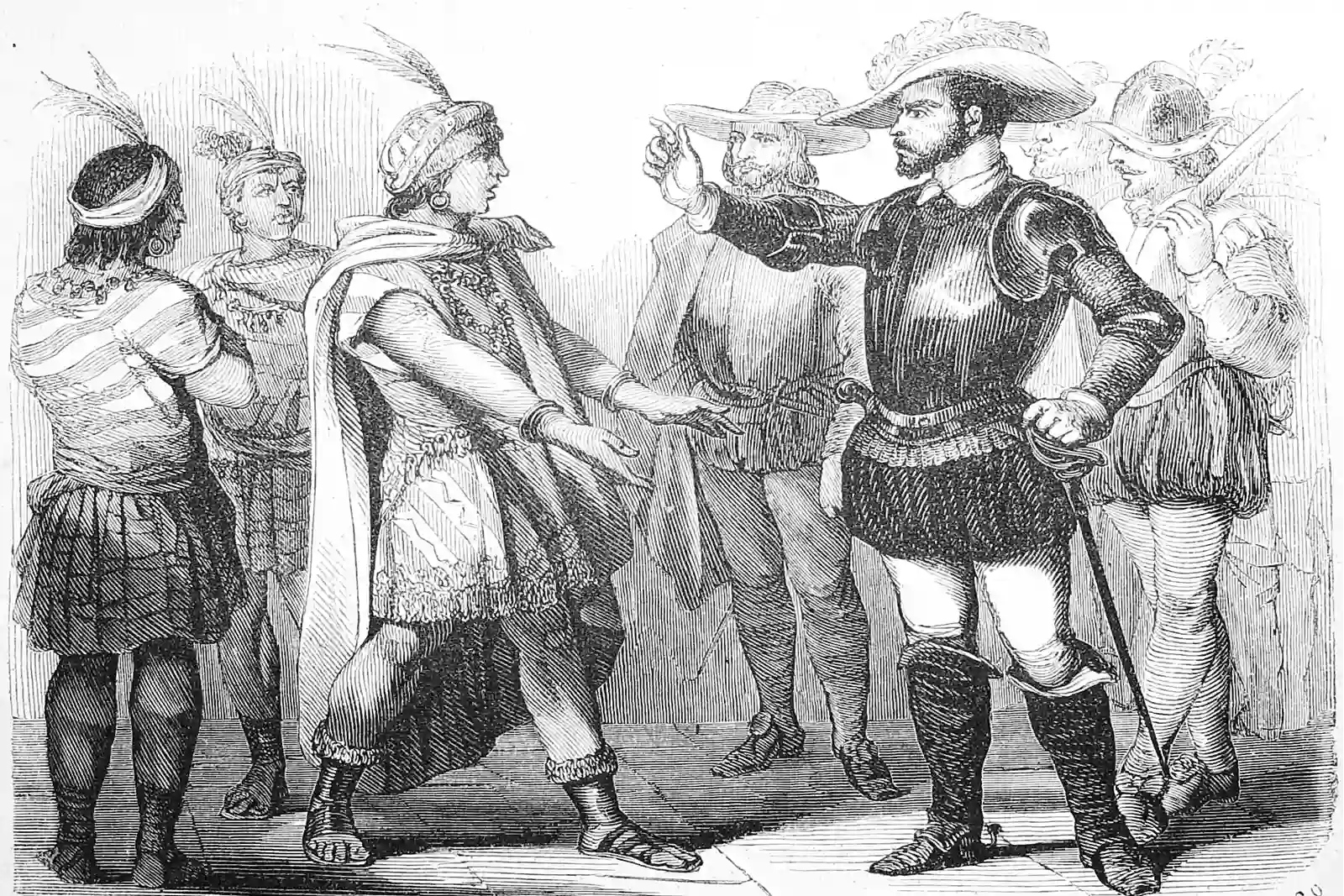
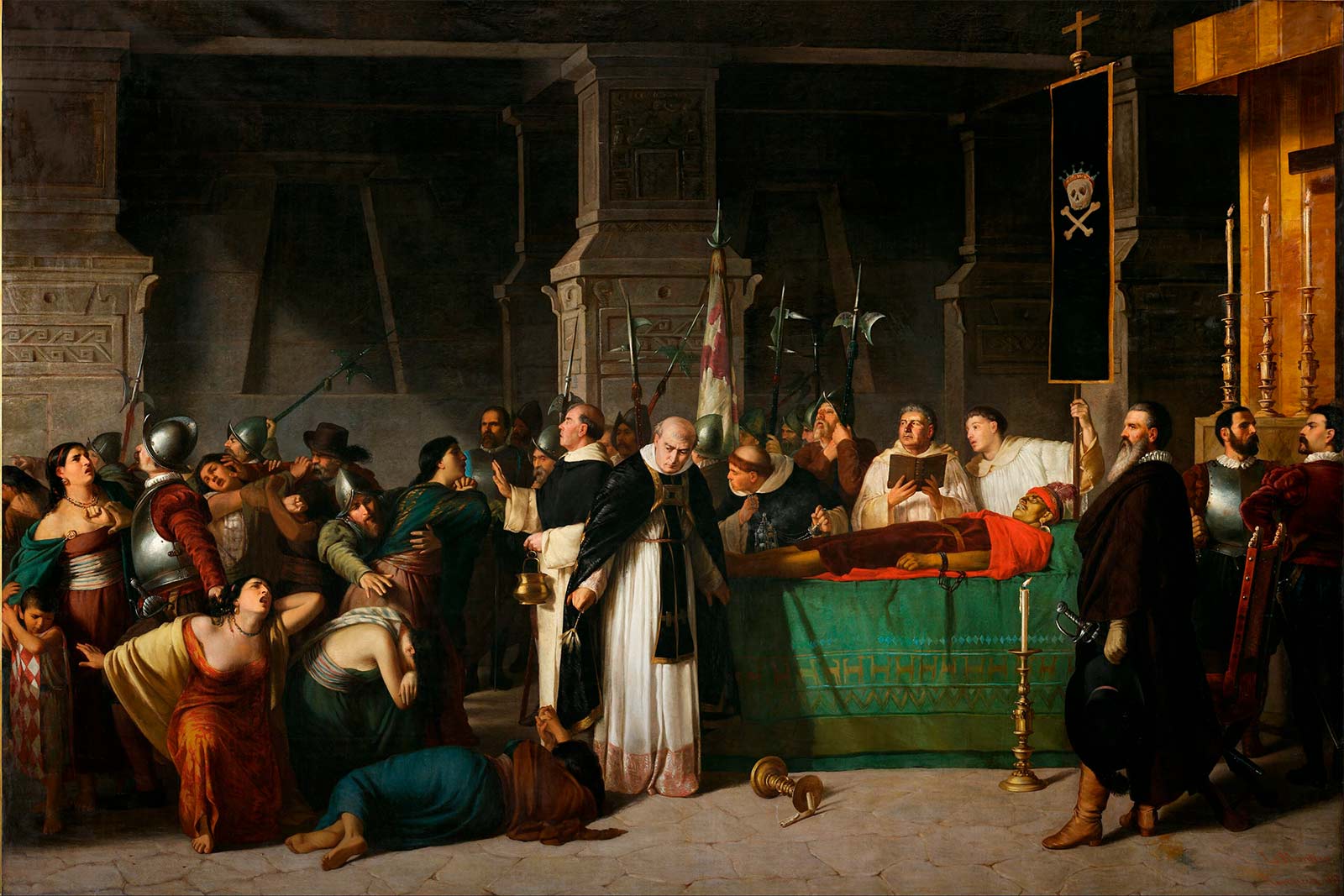

Add new comment